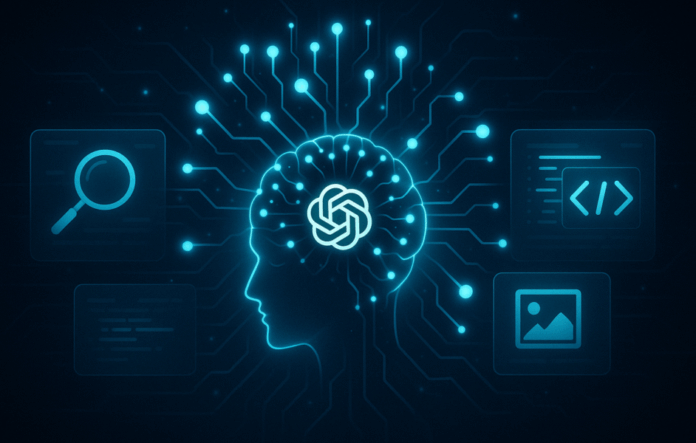Introduction to OpenAI’s Latest Models
On April 16, 2025, OpenAI released upgraded versions of its advanced reasoning models, named o3 and o4-mini. These models offer significant improvements over their predecessors, o1 and o3-mini, respectively. The latest models deliver enhanced performance, new features, and greater accessibility. To understand the primary benefits of o3 and o4-mini, it’s essential to explore how OpenAI’s models have evolved over time.
OpenAI’s Evolution of Large Language Models
OpenAI’s development of large language models began with GPT-2 and GPT-3, which brought ChatGPT into mainstream use due to their ability to produce fluent and contextually accurate text. However, as users applied these models to more complex scenarios, their shortcomings became clear. To address these challenges, OpenAI introduced GPT-4 and shifted its focus toward enhancing the reasoning capabilities of its models. This shift led to the development of o1 and o3-mini, which used a method called chain-of-thought prompting to generate more logical and accurate responses.
Key Advancements in o3 and o4-mini
The new models, o3 and o4-mini, build on the foundation established by their predecessors and offer several key advancements.
Enhanced Reasoning Capabilities
One of the primary improvements in o3 and o4-mini is their enhanced reasoning ability for complex tasks. Unlike previous models, o3 and o4-mini take more time to process each prompt, allowing them to reason more thoroughly and produce more accurate answers. For instance, o3 outperforms o1 by 9% on LiveBench.ai, a benchmark that evaluates performance across multiple complex tasks.
Multimodal Integration: Thinking with Images
Another innovative feature of o3 and o4-mini is their ability to “think with images.” This means they can process textual information and integrate visual data directly into their reasoning process. They can understand and analyze images, even if they are of low quality, and perform actions like zooming in on details or rotating images to better understand them.
Advanced Tool Usage
o3 and o4-mini are the first OpenAI models to use all the tools available in ChatGPT simultaneously. These tools include web browsing, Python code execution, and image processing and generation. By employing these tools, o3 and o4-mini can solve complex, multi-step problems more effectively.
Implications and New Possibilities
The release of o3 and o4-mini has widespread implications across industries, including education, research, industry, creativity, and accessibility. These models can assist students and teachers, accelerate discovery, optimize processes, and enhance customer interactions. They can also be used to turn chapter outlines into simple storyboards, match visuals to a melody, and convert hand-drawn floor plans into detailed 3D blueprints.
Limitations and What’s Next
Despite these advancements, o3 and o4-mini still have a knowledge cutoff of August 2023, which limits their ability to respond to the most recent events or technologies. Future iterations will likely address this gap by improving real-time data ingestion. We can also expect further progress in autonomous AI agents, systems that can plan, reason, act, and learn continuously with minimal supervision.
Conclusion
OpenAI’s new models, o3 and o4-mini, offer significant improvements in reasoning, multimodal understanding, and tool integration. They are more accurate, versatile, and useful across a wide range of tasks. These advancements have the potential to significantly enhance productivity and accelerate innovation across various industries. As AI technology continues to evolve, we can expect even more exciting developments and applications in the future.

